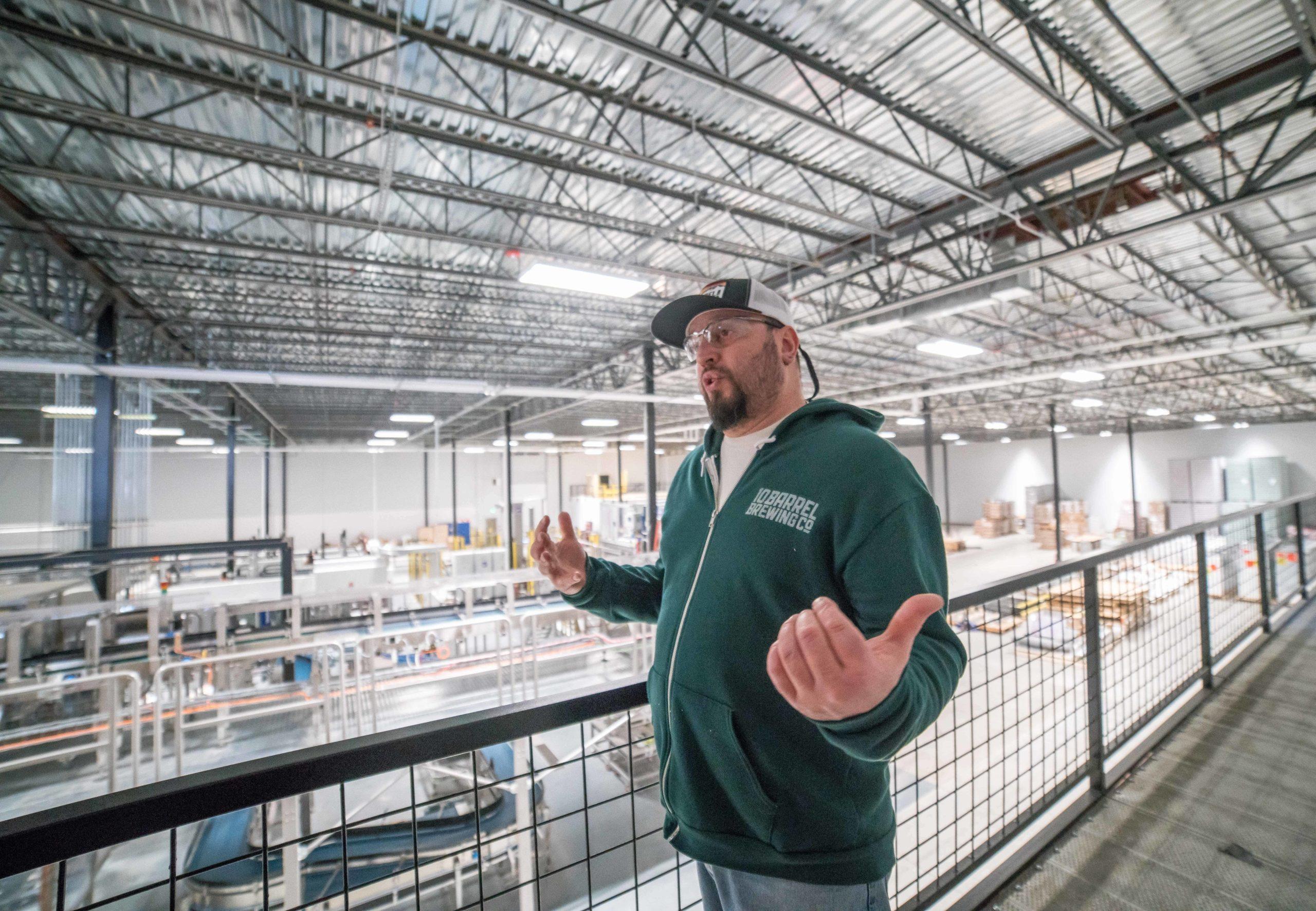Let’s say your final product design is ready and you are done with capacity planning. Now it’s time to dive into production. The process of converting inputs into outputs. It is of vital importance to select a manufacturing process that suits your product requirements. A mismatch could mean inefficient production which leads to higher cost of operations. So how many production possibilities are there? In general, there are four basic manufacturing process types. In the article, I will explain the differences, and how to select the right manufacturing process for your situation.
The Four Basic Process Types:
#1 Job Shop Manufacturing Process
A job shop is used to process low volume high customized goods. This type of manufacturing is highly flexible and able to produce a wide variety of goods. The production process is intermittent and adjusted for each project. Typical characteristics are, general purpose equipment and highly skilled labor. The production volume can be as little as one product. For example, a one-of-a-kind customized machine for a food processing plant. Besides customized items, job shops are frequently used for prototyping. The high flexibility of this process is ideal for new product trials.

#2 Batch Manufacturing Process
A batch process is used to produce a moderate amount of fairly standardized goods. This type of production is quite flexible, although production lines are usually equiped for a certain product category. Like a job shop, the production process is intermittent. Processes might run per batch after which they are slightly adjusted for the next batch. Process equipment is somewhat more standardized than a job shop, but still quite general. The production volume can range anywhere between a few hundred and a few thousand pieces. A batch manufacturing process is often used to test the market potential for a certain product, before deciding on mass production.

#3 Repetitive Manufacturing Process
Repetitive processing is used to produce high volume standardized goods. This form of production has low flexibility in terms of product variation. Process equipment is highly specialized, and production lines are specifically designed for a certain product. However, due to the high degree of standardization, unit costs are much lower than with batch production. Furthermore, output volumes can range from thousands to millions of pieces. Typical product examples for this type of process are automobiles, computers and TV’s.

#4 Continuous Manufacturing Process
Continuous processing is used to process very large amounts of nondiscrete items. This manufacturing method has almost zero flexibility. Production lines and equipment are specifically designed to process a certain item. For example, steel, sugar and salt. Labor skills range from low to high depending on the complexity of the product. In general, this type of mass production requires long term commitment and substantial investment in equipment and facilities layout

